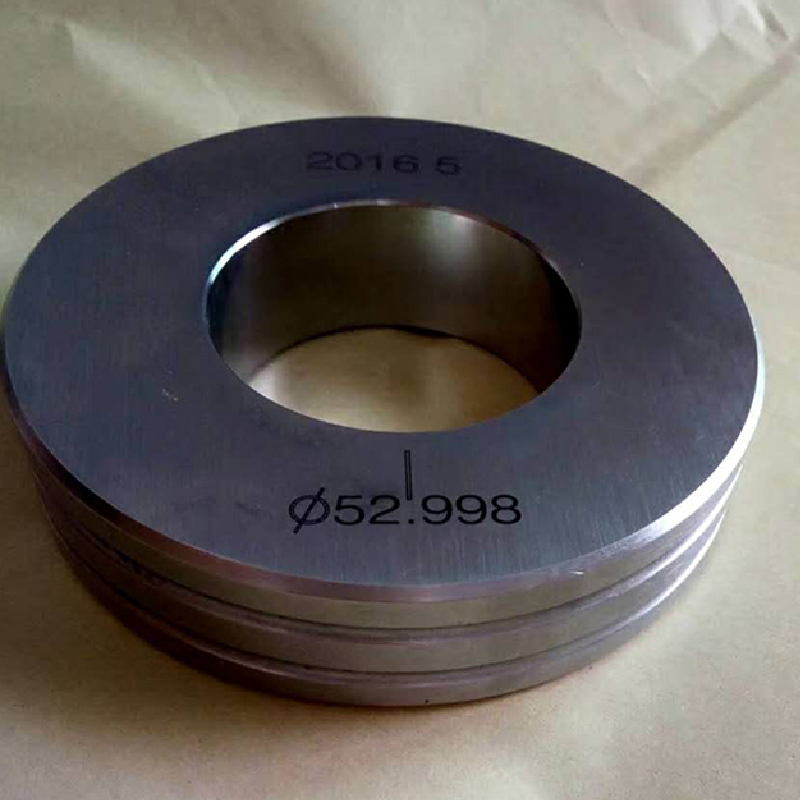Aug . 13, 2024 05:26 Back to list
Exploring the Cost Factors and Benefits of Cast Iron Surface Plates for Precision Measurement
Understanding the Price of Cast Iron Surface Plates
Cast iron surface plates are essential tools in various industries, particularly in machining, manufacturing, and quality control. They provide a stable and precise reference plane for measuring and inspecting components, ensuring that products meet stringent tolerances. The price of these surface plates can vary widely based on several factors, including size, quality, manufacturing standards, and market demand.
Factors Influencing Price
1. Material Quality The quality of the cast iron used in the surface plates plays a significant role in determining the price. High-grade cast iron, which offers better stability and hardness, is more expensive than lower-grade options. The surface finish and the absence of defects also contribute to the overall quality and, consequently, the price.
2. Size and Thickness Larger surface plates require more material and processing time, which increases their cost. Thickness is another key factor; thicker plates are often more stable and less prone to warping, making them more desirable for precision applications. Consequently, larger and thicker plates often command higher prices.
3. Manufacturing Standards Surface plates that are manufactured to higher industry standards, such as those set by the American Society of Mechanical Engineers (ASME) or the International Organization for Standardization (ISO), typically have higher price tags. These standards ensure that the plates meet specific tolerances and quality benchmarks, which is crucial for precision work.
4. Type of Surface Plate There are several types of cast iron surface plates, including grade A and grade B, which differ in flatness tolerance and applications. Grade A plates, which are designed for high-precision tasks, are generally more expensive than grade B plates.
cast iron surface plate price

5. Brand Reputation Established brands with a history of reliability and durability often charge a premium for their products. Manufacturers that invest in quality control and customer service typically attract a loyal customer base, allowing them to maintain higher pricing.
6. Market Demand and Economic Conditions The demand for cast iron surface plates can fluctuate based on industry trends, economic conditions, and technological advancements. During periods of increased manufacturing activity, prices may rise due to greater demand, while economic downturns can lead to decreased prices.
Price Range
As of 2023, the price of cast iron surface plates typically ranges from a few hundred to several thousand dollars. Smaller plates (e.g., 18 x 24) may cost around $300 to $800, while larger, high-precision plates (e.g., 36 x 48 or larger) can range from $1,500 to over $5,000. Specialty plates and those produced to ultra-high precision standards can even exceed these price ranges, especially when custom fabrications are involved.
Conclusion
Investing in a cast iron surface plate is a critical decision for any manufacturing or machining operation that values accuracy and quality. Understanding the various factors that affect the price can help businesses make informed purchasing decisions. While it can be tempting to opt for the lowest-priced option, considering quality, durability, and the long-term value is essential. Ultimately, a well-chosen surface plate can enhance the efficiency and accuracy of operations, leading to improved product quality and ultimately greater customer satisfaction.
-
Why Metric Trapezoidal Thread is Ideal for Precision Motion ControlNewsAug.05,2025
-
The Unique Properties of a Block of Granite for Industrial UseNewsAug.05,2025
-
The Role of Flanged Y Strainers in Preventing Pipeline ClogsNewsAug.05,2025
-
The Importance of Regular Calibration for Master Ring GagesNewsAug.05,2025
-
How a Cast Iron Surface Table Enhances Accuracy in ManufacturingNewsAug.05,2025
-
Comparing Different Check Valve Types for Optimal Flow ControlNewsAug.05,2025
Related PRODUCTS









